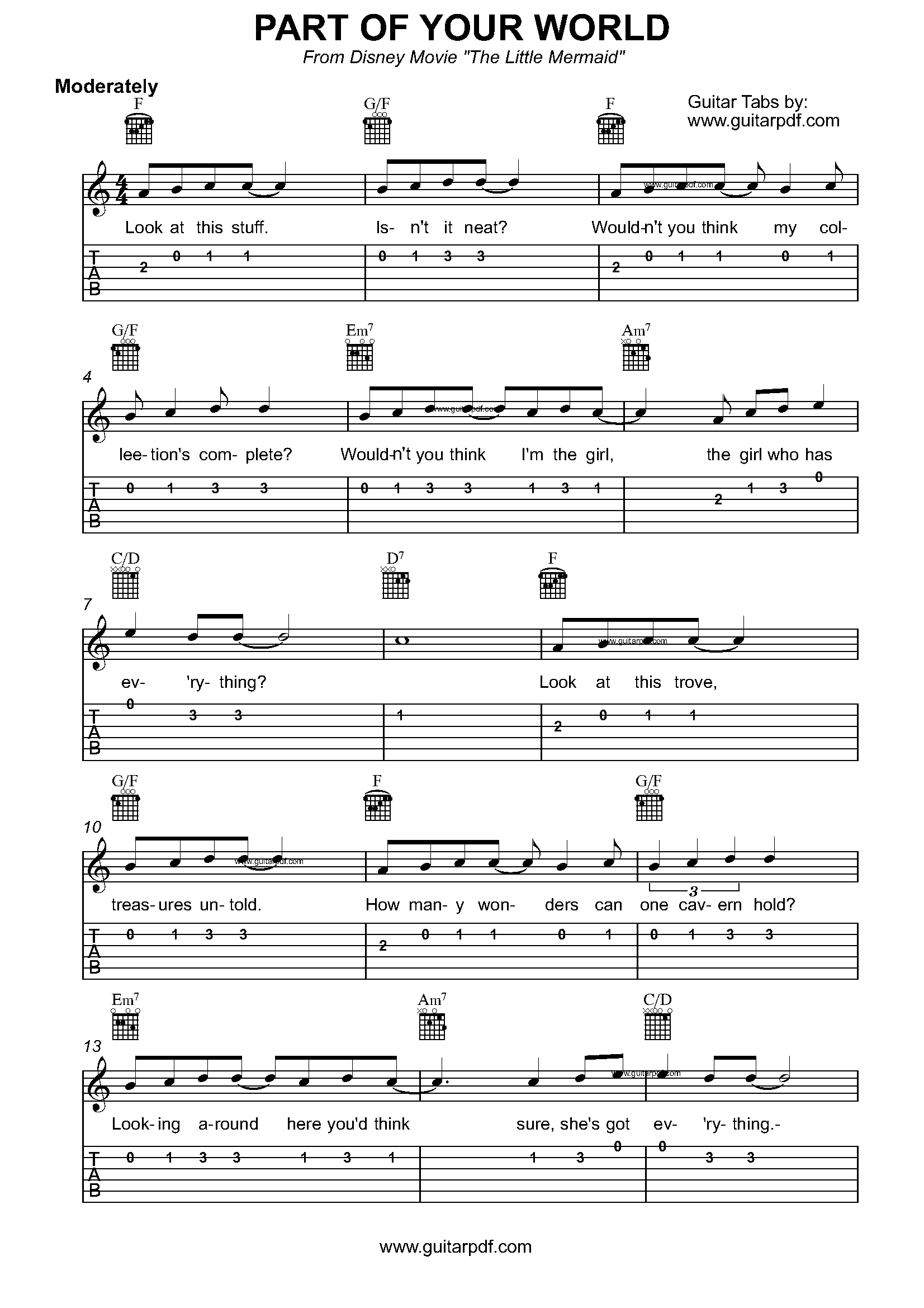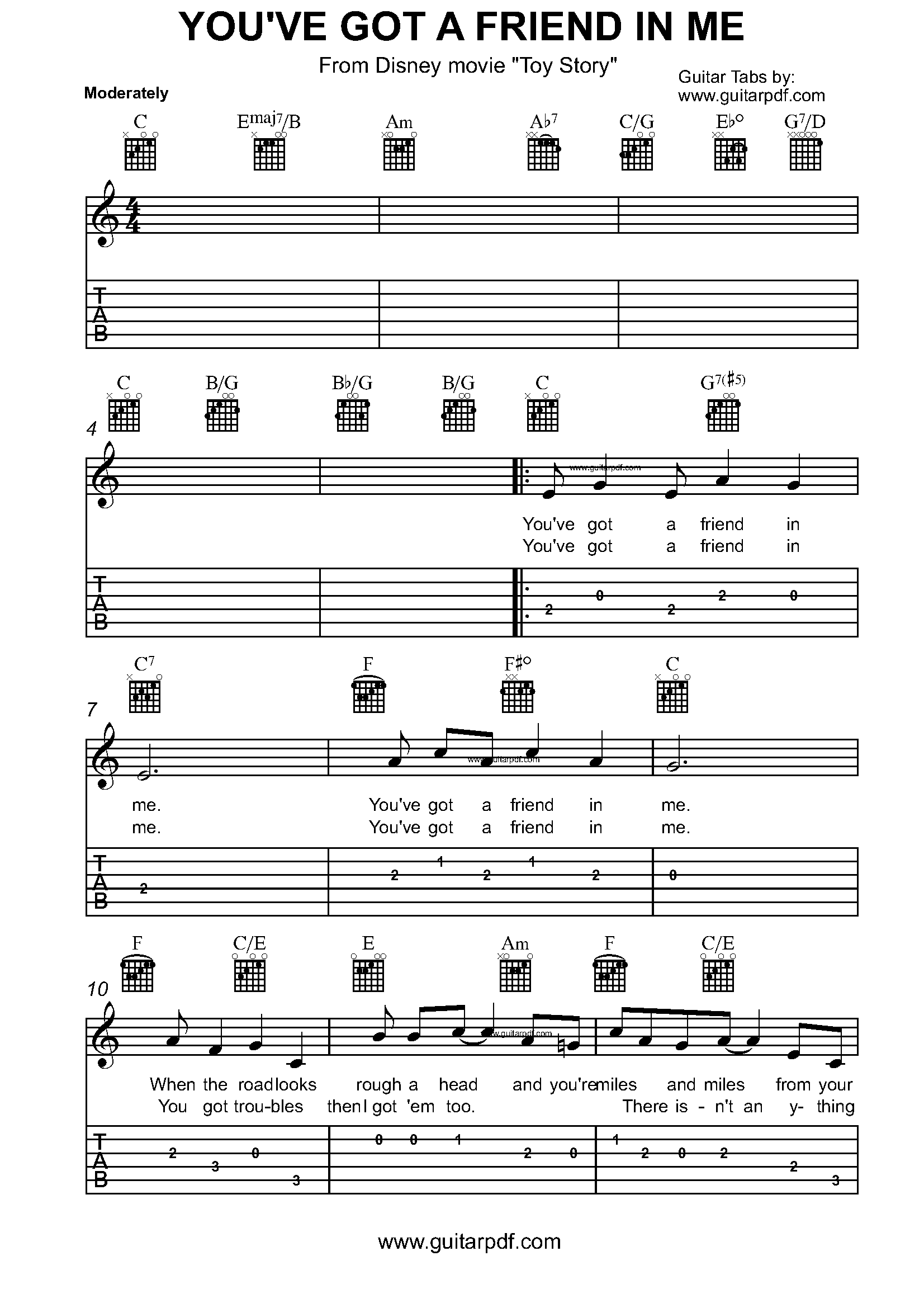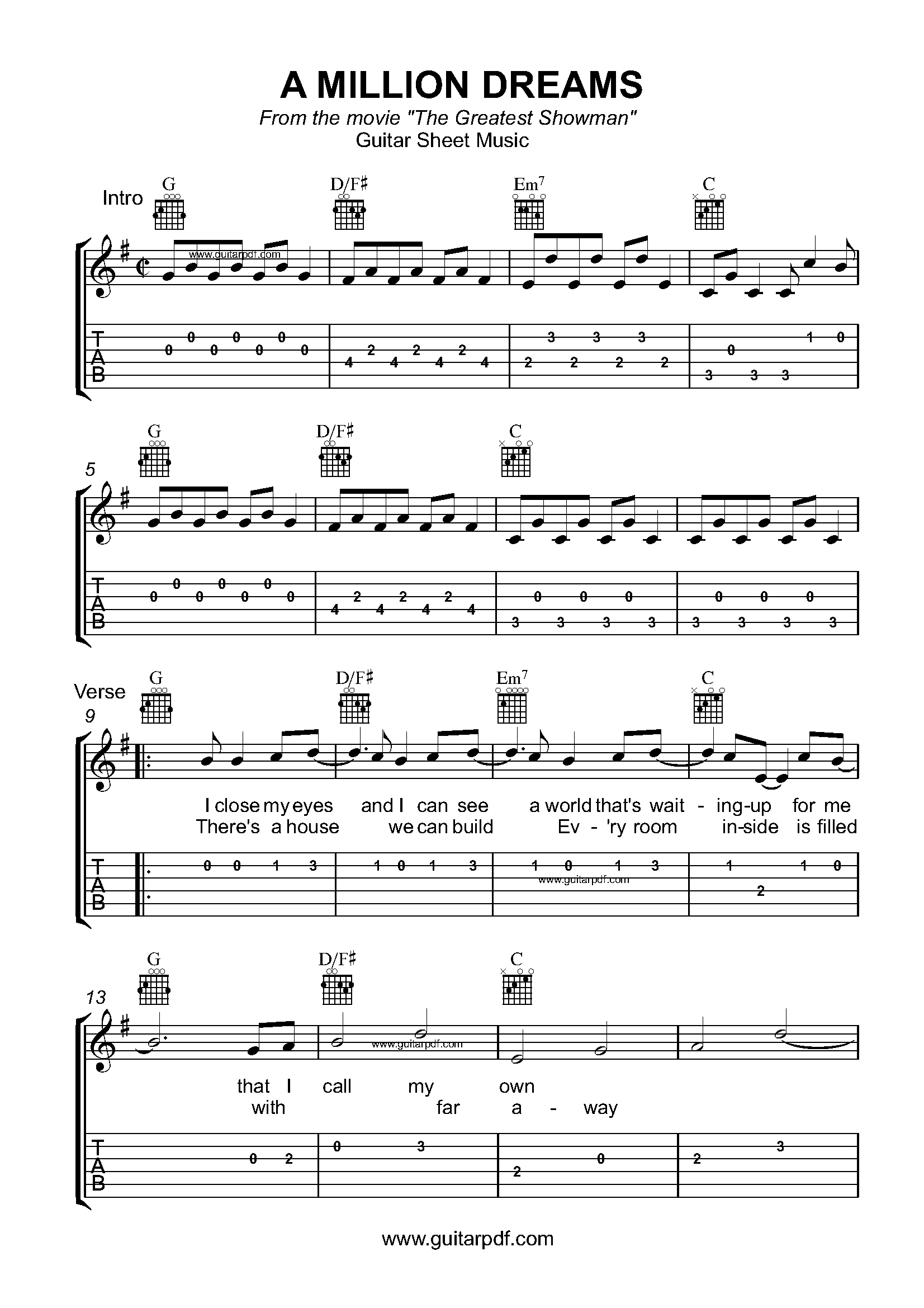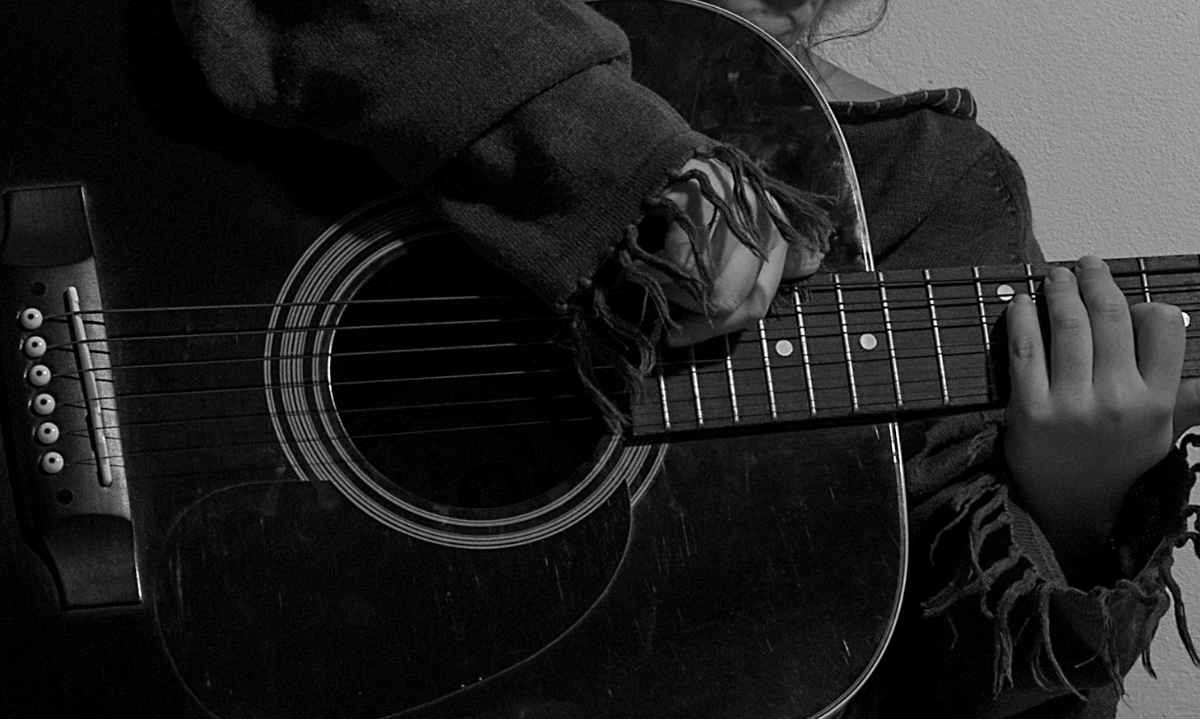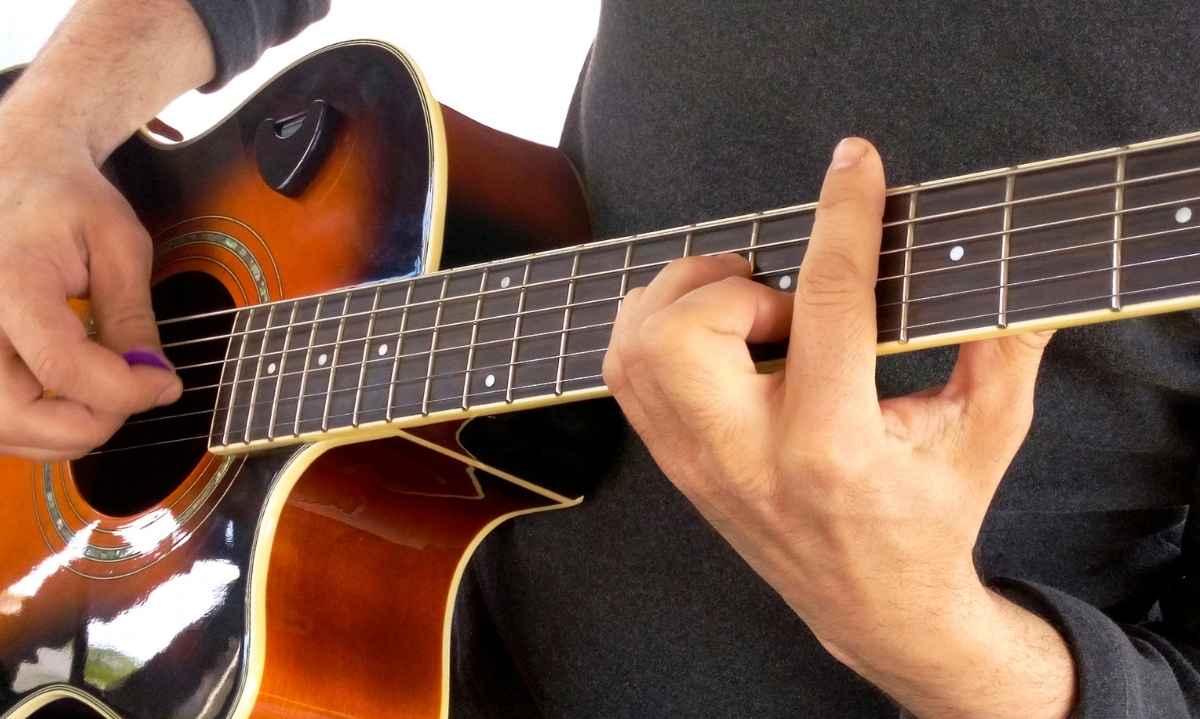Popular Songs with Only 4 Chords
Ever wonder why some songs stick in your head long after you’ve heard them? It’s not just because they’re played on the radio or in commercials—it’s often because they’re built around just four simple chords. Yes, that’s right! Some of the most memorable songs ever written are constructed using only four chords. This chord simplicity isn’t just a musical shortcut; it’s a testament to the power of melody, rhythm, and clever songwriting.
In this blog post, we’ll explore the magic of the four-chord progression and spotlight some iconic songs that use this approach. Whether you’re a budding songwriter or just a music lover, you’ll find plenty of inspiration here!
The Magic of the Four-Chord Progression
Before diving into the songs, let’s take a moment to understand why the four-chord progression is so powerful. The most common progression is I–V–vi–IV, which in the key of C major translates to C–G–Am–F. This sequence of chords is incredibly versatile and has been used in countless songs across genres.
Here’s why these four chords work so well:
- Emotional Resonance: This progression evokes a range of emotions, from uplifting and joyful to reflective and poignant. It’s perfect for creating songs that resonate with listeners on an emotional level.
- Flexibility: The progression can be adapted to various styles, from pop and rock to country and folk. It’s a go-to structure for many songwriters because it’s both familiar and endlessly adaptable.
- Catchiness: The repetition of the same chord progression throughout a song makes it catchy and easy for listeners to remember. This is a key ingredient in creating a hit song.
Iconic Songs with Just 4 Chords
Let’s look at some popular songs that prove how powerful a four-chord progression can be:
1. “With or Without You” by U2
- Chords: D–A–Bm–G
- Why It Works: This track uses the I–V–vi–IV progression in a slightly different key, but the emotional pull remains the same. The repeated progression creates a haunting and memorable atmosphere that complements Bono’s powerful vocals.
2. “Let It Be” by The Beatles
- Chords: C–G–Am–F
- Why It Works: Paul McCartney’s classic song showcases the emotional depth that can be achieved with just four chords. The progression supports the song’s comforting lyrics and melody, making it a timeless anthem.
3. “Someone Like You” by Adele
- Chords: A–E–F#m–D
- Why It Works: Adele’s poignant ballad is built around this progression, allowing her vocal performance and the song’s lyrical content to shine. The chords provide a solid foundation for the heartfelt emotion of the song.
4. “I’m Yours” by Jason Mraz
- Chords: C–G–Am–F
- Why It Works: This feel-good track uses the I–V–vi–IV progression to create an upbeat and relaxed vibe. The repetition of the chords makes it instantly catchy and easy to sing along with.
5. “No Woman, No Cry” by Bob Marley
- Chords: C–G–Am–F
- Why It Works: Bob Marley’s reggae classic employs the same four-chord progression but with a laid-back rhythm and groove. The chords underpin the song’s soulful delivery and memorable hook.
6. “Can’t Stop the Feeling!” by Justin Timberlake
- Chords: C–G–Am–F
- Why It Works: This song uses the I–V–vi–IV progression to deliver an infectious, danceable tune. The simplicity of the chords allows the focus to be on the upbeat rhythm and Timberlake’s energetic performance.
7. “Perfect” by Ed Sheeran
- Chords: G–D–Em–C
- Why It Works: Ed Sheeran’s romantic ballad utilizes a slightly different four-chord progression to create a heartfelt and beautiful love song. The progression supports Sheeran’s emotional vocals and the song’s tender lyrics, making it a favorite for weddings and special moments.
Why Four Chords?
So, what’s the secret sauce? Why do these simple chords work so well across so many songs and genres?
- Simplicity: The four-chord progression is easy to play and remember, making it accessible for songwriters and musicians of all skill levels.
- Emotional Impact: Despite its simplicity, the progression can convey a wide range of emotions. This versatility is why it’s so effective in connecting with listeners.
- Adaptability: You can experiment with different rhythms, styles, and arrangements while using the same chord progression. This adaptability allows songwriters to put their unique spin on a classic formula.
Try It Yourself!
Feeling inspired to create your own four-chord masterpiece? Here are some tips to get started:
- Experiment with Different Keys: Try playing the progression in various keys to find a sound that suits your style.
- Change Up the Rhythm: Play around with different strumming patterns or fingerpicking styles to give your song a unique feel.
- Add a Twist: Incorporate variations, such as adding a 7th or suspended chord, to give your progression a fresh twist.
Remember, some of the greatest songs ever written started with just four chords. So grab your guitar, pick your favorite progression, and start crafting your next hit!


